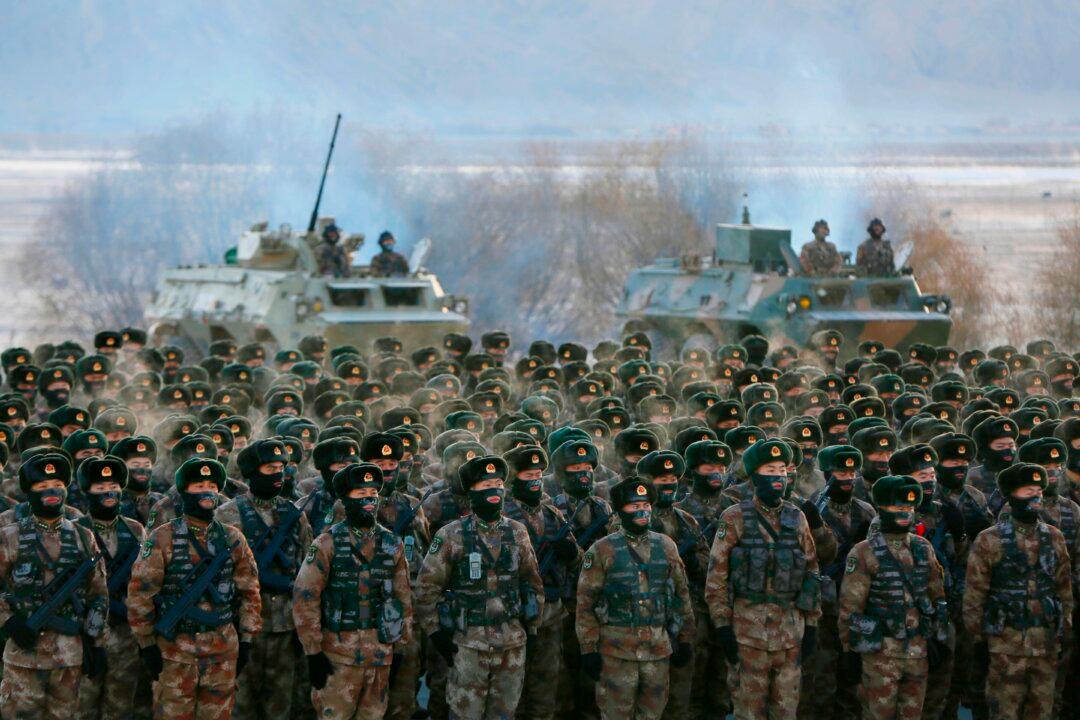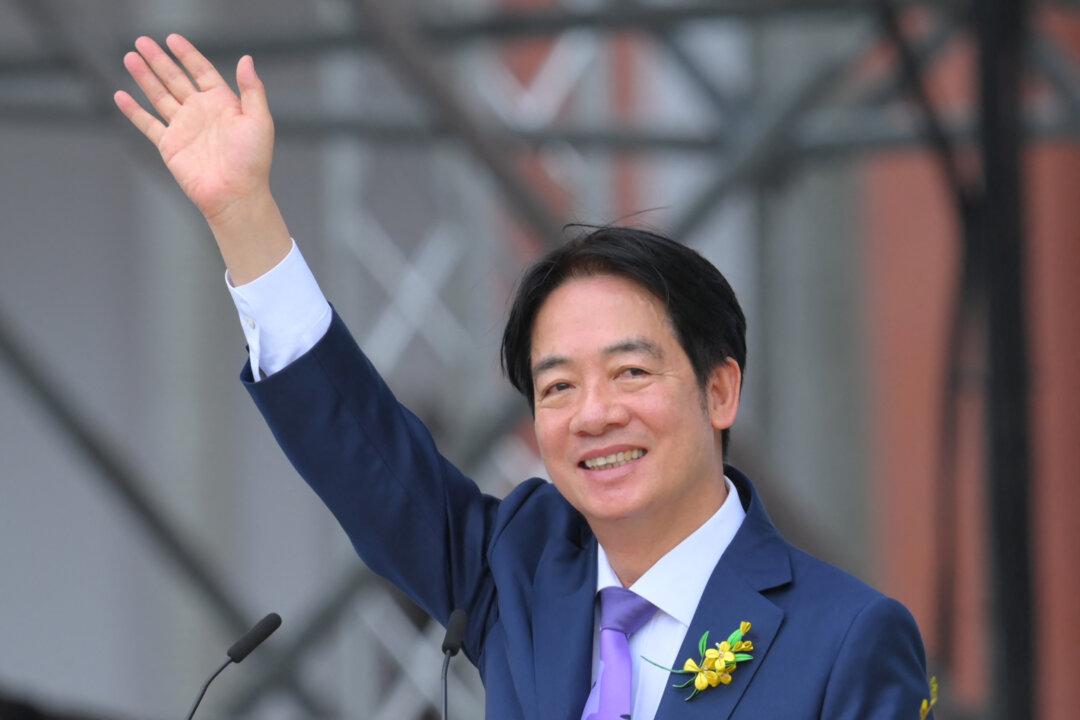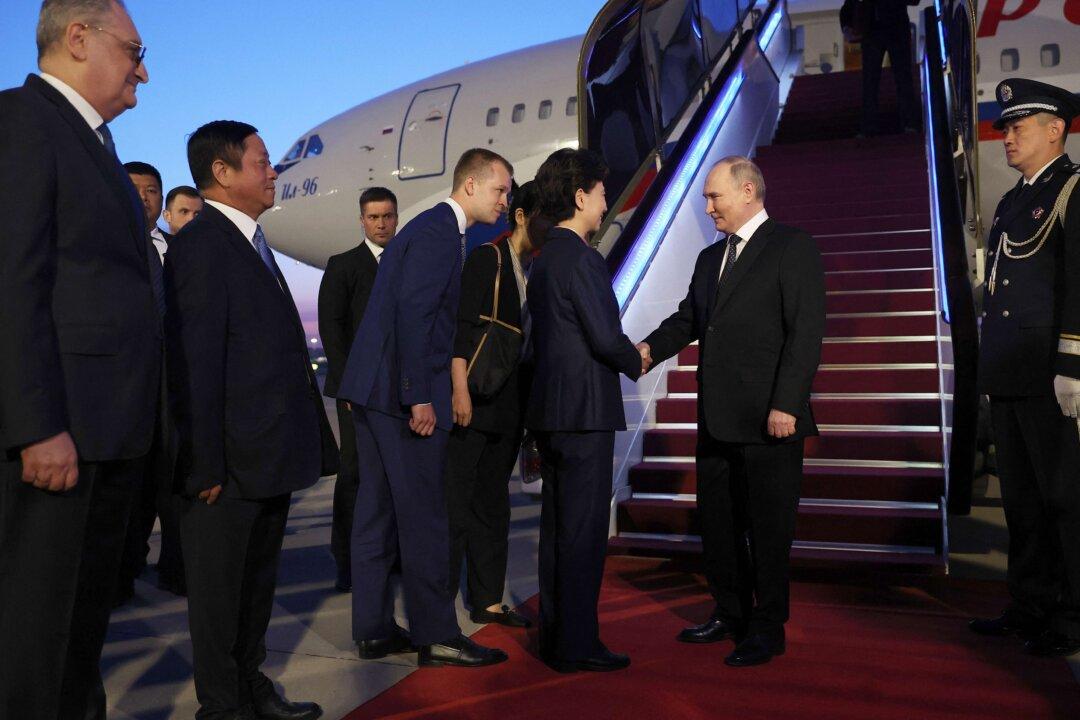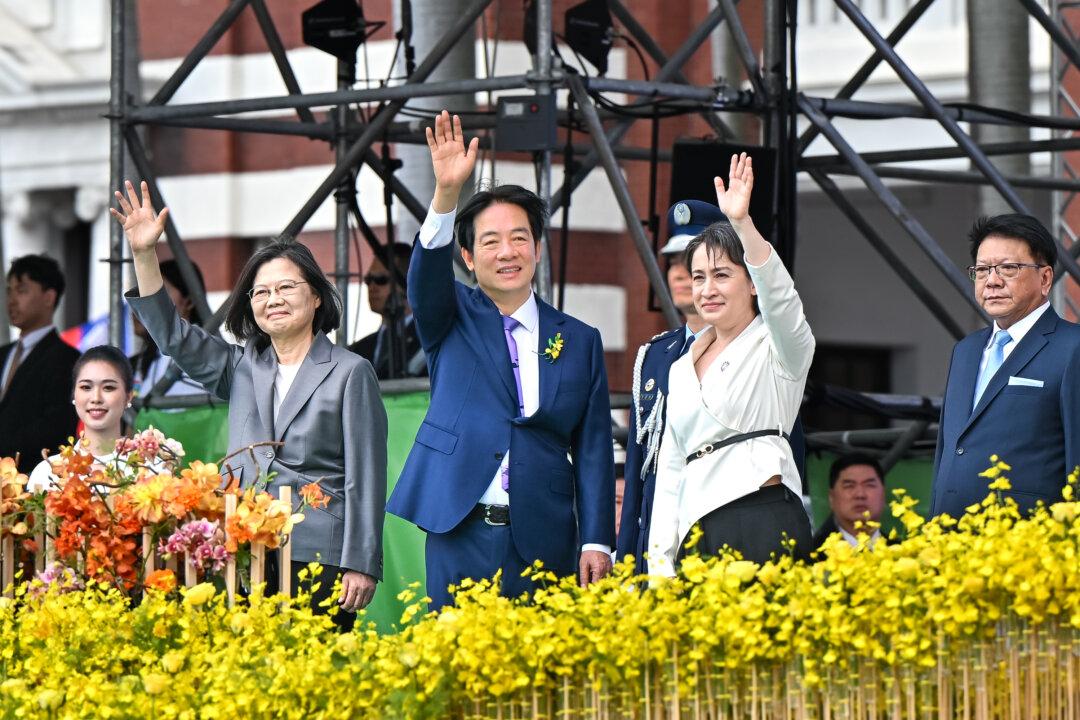One of the most significant strategic questions of our time is why the United States underestimated for decades the threat from the Chinese regime. Underestimating the threat, or threat deflation, is a rare event in international politics where a great power consistently does not perceive the rise of peer competitive threat.
During the Cold War, U.S. decision makers had an accurate conception of the China threat. China was seen as an opponent second only to the Soviet Union until 1972, when President Richard Nixon traveled to China. After that opening in Sino-American relations, U.S. policy was informed by the principles of great power balancing against the Soviet threat.
Only with the end of the Cold War did the United States abandon the conception that the People’s Republic of China (PRC) was a threat. This was due to three reasons.
First, the imbalance of ideological and material power in favor of the United States. The economic and military power of America was supreme with the defeat of the Soviet Union. However, the end of the Cold War disarmed the West ideologically, yielded triumphalism, and, ironically, ideological disarmament, and allowed China to expand its power and influence in the West and globally without effective resistance.
Second, U.S. business interests sought economic cooperation with China, treating the Chinese people as the source of cheap physical labor for manufacturing as well as inexpensive intellectual labor, including for research and development. This facilitated the PRC’s rise, as did the welcoming of intelligent and diligent Chinese students to run U.S. and Western scientific labs and numerous academic departments in engineering, life and natural sciences, especially chemistry, computer science, genetics, mathematics, and physics.

Third, China advanced a strategy of threat deflation which started under former Chinese leader Deng Xiaoping. Deng profited from studying and improving upon Soviet efforts to penetrate American society as well as learning key lessons from the USSR’s mistakes in the Cold War.
As a consequence of threat deflation, the United States never balanced against the Chinese regime until the Trump administration. It is a remarkable fact that the threat from the PRC grew year by year, and the United States did not stop China’s rise or balance against it when it was substantially weaker. Indeed, there remains a reluctance in many quarters within the United States to balance the now existential threat to U.S. security, as American society only has a partial understanding of the nature and scope of the China threat.
Beijing successfully caused threat deflation by adopting a strategy comprised of three components. It focused on elites in all aspects of the U.S. and other Western societies by reaching out to them (the “push”), enriching them, and shaping their perception of China and of the Chinese Communist Party (CCP), while using the enticement of a growing market (the “pull”) to influence their behavior. For a generation, the Chinese regime masked its intentions and framed its expansion as economic rather than strategic.
The first component, “the push,” is an ancient one: rewarding the avarice of the enemy’s elite—the political and business leaders, academics, and opinion makers—is as old as recorded history. Beijing’s investment in U.S. political, business, intellectual, and opinion elites is complicated and multifaceted but is, fundamentally, an investment in the personal financial success of these elites, including their families, friends, partners, and shareholders. In turn, this results in a personal investment in China’s success, of the growth of its economy, greater economic ties, and ever-expanding political power and influence.
This investment—in essence, a stake in China’s continued growth—results in the implicit message from the elites to the leadership and rank-and-file members of the national security bureaucracies, as well as others—including think tank communities, academics, publishers, Hollywood, and media—that the negative implications of the Chinese regime’s rise should not be explored. As a result, there was a rather little serious examination of the deleterious consequences of China’s rise for the national security interests of the United States and other Western nations.
Second, the “pull” shaped U.S. economic interests by enticing businesses with access to the large Chinese consumer market as well as labor for manufacturing and research and development. The consequences of this gravitation to China were profound. Through its introduction to the Western economic ecosystem in the 1990s, and its flourishing in the decades since, China has gained knowledge of how the United States produces knowledge in its universities, businesses, and centers of technology. This penetration has yielded its greatest ability to challenge America.

Third, the CCP employs political warfare expertly through its influence campaigns, including the United Front Work Department and other non-official united front activities. Used by the Soviet Union and expertly improved by the Chinese regime, the united front advances the CCP’s interests, and undermines, neutralizes, and defeats its enemies.
The united front often works through front organizations, clandestine agents, and proxies to mask the Chinese regime’s involvement. Whether operating through the formal United Front Work Department or informal but allied united front components, they act to target elites through a collection of front organizations, academe, media, and business to influence politics and policy, shape perceptions about the CCP and its rule over China, and defeat their opponents.
The confrontation with the Chinese regime has clear echoes from the past concerning its assumptions and in threat identification, but also far worse than the Cold War in the denial of the threat for so long by so many sectors of U.S. society, economy, and national security community.
China’s strategy of deception permitted the triumph of U.S. economic over strategic interests, and explains Washington’s tardy and incomplete response. In turn, and if not reversed, this partial and delayed response results in draconian consequences for the position of the United States in global politics. There is little evidence that the Biden administration will assess the threat from the Chinese regime accurately and take the necessary and sustained steps to meet it. Regrettably for the interests of the United States and its allies, while economic inflation ravages the U.S. economy, threat deflation continues to paralyze strategic thought in America.





